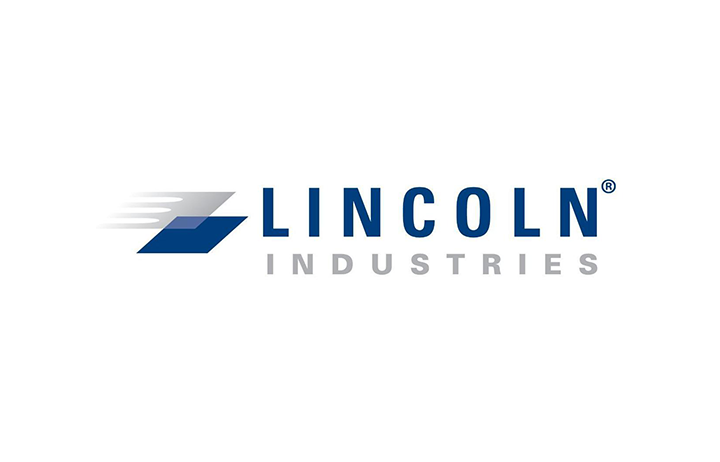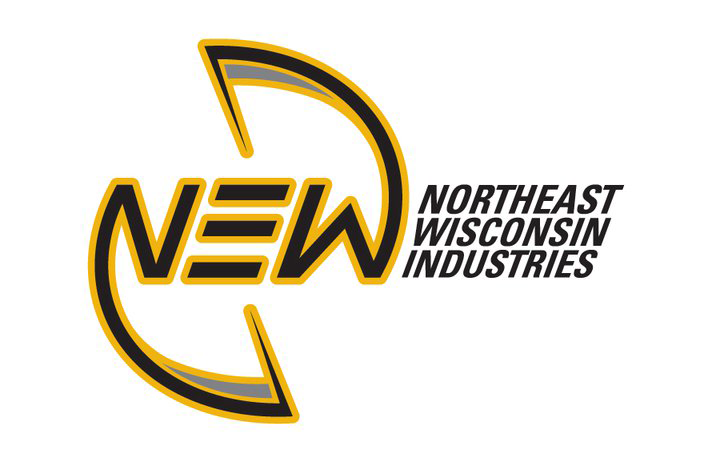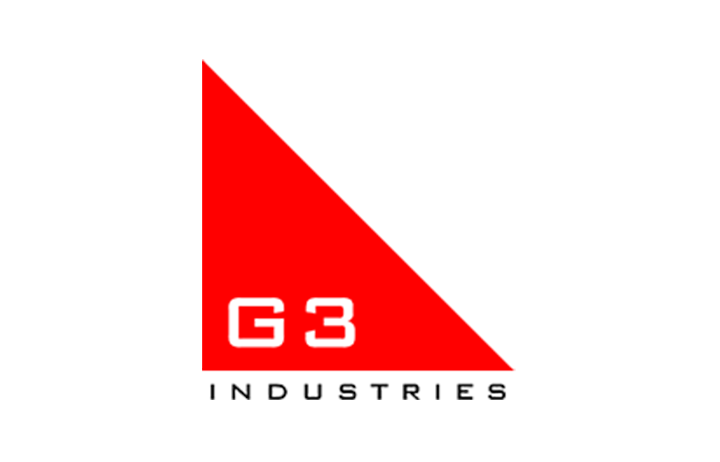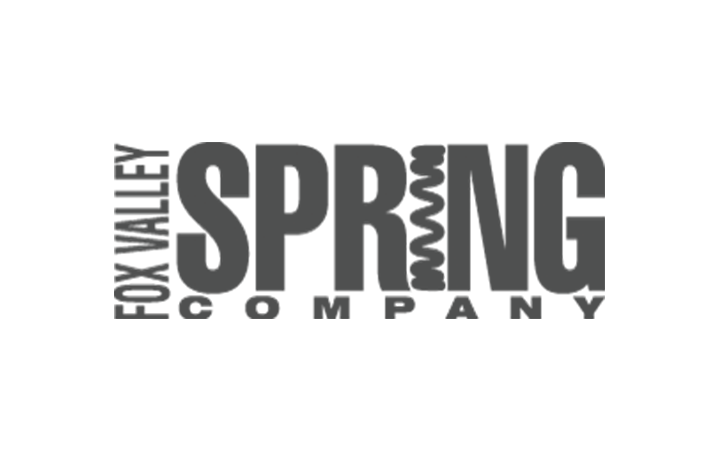What is PPI’s Safety Policy?
At PPI, we believe that THE SAFE WAY IS THE ONLY WAY! This means:
- We have ZERO tolerance for accidents!
- All accidents are preventable.
- Safety is everyone’s responsibility and is a condition of employment.
- Effective communication and training are essential to achieve an accident-free workplace.
- Good housekeeping, cleanliness, and pride in your work environment is key to achieving a safe workplace.
- Safety is good business, but all Team Members must have a personal value for their safety and the people they work with.
- Safety is a way of life, both on and off the job.
What is PPI’s Quality Policy?
What is PPI’s Environmental Policy?
Professional Plating Inc. strongly believes environmental management is an integral part of our business plan. We will conduct our operations in a manner that is designed and measured to protect the environment, our team members and the neighbors in our community. As part of the charter of Professional Plating Inc. to exceed customer expectations, we will respect our customers’ trust by providing our services with a high degree of environmental stewardship. We are committed to continual improvement in our environment management system; to preventing pollution and reducing waste and to not only meeting but working to exceed the standards set forth by local, state and federal requirements. The leadership of Professional Plating Inc. will have an ongoing focus to measure the success of our environmental management system and its objectives.
Reduce, Reuse, Recycling at Professional Plating:
- As of March 1, 2010 we are no longer a hazardous waste generator
- Our process cooling water from our rectifiers are recycled back to rinse waters, saving 17,000 gallons of water per day !!
- In 2010 we recycled 40,000 lbs in ferrous metal
- In 2010 we recycled 11,000 lbs in non-ferrous metal
i.e – copper, aluminum, titanium - In 2010 we recycled over 450 plastic chemical drums that are cleaned and re-used
- Each month, we recycle 60 cubic feet of comingled paper and cardboard. This is 5000 lbs not going into our landfills !!
- In 2010 we recycled 500 lbs per week of miscellaneous plastics including stretch wrap, packaging materials and banding
- Our plastic recycling program has reduced our garbage accumulation by 65% !!
What are Professional Plating’s Terms and Conditions?
What is zinc plating?
What is powder coating?
What is E-coating?
Which finish gives the best protection?
Why is pre-treatment important in metal finishing?
What type of substrate can your system handle?
What types of lubricants are compatible with PPI’s finishing systems?
How do I determine zinc thickness needed based on the service conditions expected?
Zinc coating is a function of its thickness and the type of environment to which it is exposed. These values are only relative, since industrial studies have resulted in figures which vary widely.
- 25 micron – Very Severe – Exposure to harsh conditions, or subject to frequent exposure to moisture, cleaners, and saline solutions, plus likely damage by denting, scratching or abrasive wear. Examples are: plumbing fixtures, pole line hardware.
- 12 micron – Severe – Exposure to condensation, perspiration, infrequent wetting by rain, and cleaners. Examples are: tubular furniture, insect screens, window fittings, builder’s hardware, military hardware, washing machine parts, bicycle parts.
- 8 micron – Moderate – Exposure mostly to dry indoor atmospheres but subject to occasional condensation, wear, or abrasion. Examples are: tools, zippers, pull shelves, machine parts.
- 5 micron – Mild – Exposure to indoor atmospheres with rare condensation and subject to minimum wear and abrasion. Examples are: buttons, wire goods, fasteners.
Which zinc plating finishes at PPI are REACH compliant?
All of PPI’s zinc plating processes are REACH Compliant.
Professional Plating Inc is pleased to announce that all of our zinc processes are REACH compliant. Chemical substances must be declared if they are above a concentration of .1% weight per weight. Please see a chart in our Environmental section of our web site that pertains to our plating processes.
What is the dielectric strength of PPI’s epoxy e-coat?
Can black chromate be used on outdoor applications?
Do processes at Professional Plating comply with Dodd – Frank Wall Street Reform and Consumer Protection Act of 2010, a.k.a. Conflict Minerals?
Coating over Galvanized Steel
Link to article:
http://www.pfonline.com/articles/powder-over-galvanized-steel
What are the temperature limitations for electrocoated parts and products?
Link to article:
http://www.pfonline.com/articles/temperature-limits-for-e-coated-parts
What causes voids, brown spots or non-coated areas around welds and how can they be prevented?
These spots are from weld slag. “Slag,” either from stick welding or wire welding, is non-conductive. Therefore, it will not e-coat because the electrocoat process is a plating process.
While all powders and most liquids are electrostatically applied, the applied coating normally “bridges” over the slag. While the weld is totally covered, the adhesion of the liquid or powder to the slag is much poorer than the rest of the weld because the slag will not accept the coating pretreatment and is very hard due to its chemical composition. Therefore, while the liquid or powder may coat the part completely, the coating is just “hiding” the weld slag. Welds are still points of potential loss of adhesion and corrosion. While e-coat will not cover the weld slag at all, powder or liquid only hides potential defect points. Therefore, product quality (both aesthetic and corrosion resistance) is compromised if the slag is not eliminated.
While stick welding normally produces more slag than wire welding, all of it needs to be removed or eliminated to produce high-quality coated parts. There are several options to solve this problem.
The slag produced during wire welding is at the beginning and/or end of the welds. The number of slag locations depends on weather the welding is robotic or manual and on the experience of the manual welder or robot programmer. The welding equipment and process can be altered to reduce the amount of slag but not eliminate it completely. Removal options vary, each with varying labor, material, equipment costs and time delay in getting the parts to the e-coat process. Basically, the removal options fall into two categories: mechanical or chemical.
Mechanical removal can be done by wire brush (manual or powered), blasting (steel grit or shot, sand or other media) or media vibration (commonly used for deburring). Each of these methods has varied labor and material costs. Manual removal is also very operator-dependent as to whether all slag is removed. While automatic removal is more controllable, surface appearance can be altered with blasting or deburring and would need to be approved by the customer and/or end-user.
Another potential problem with blasting the slag off is trapping of blast media (shot, grit, or sand) in the part and carrying that media into the e-coat pretreatment and/or coating systems.
Robotic wire brushing is the only automatic removal method that will not create a change in surface appearance. Regardless of method, slag removal may be less than 100% because the slag is difficult to see—it looks similar to the weld itself.
Chemical removal will usually result in 100% slag removal provided the chemical concentration, temperature and time are adequate. Chemical removal of weld slag is usually the same process as chemical de-rusting of parts known as pickling.
Pickling usually uses an inorganic acid such as hydrochloric (muriatic), sulfuric or phosphoric at an elevated temperature. Just like rust removal, weld slag removal will depend on the amount of slag to be removed. The pickling process does not chemically dissolve the slag but creeps under it and pops it off the weld.
Once a part is pickled, it needs to be protected from exposure to air; flash-rust can result quickly. Options for protection after pickling include oiling or phosphating within minutes of removal from the pickle bath. If the parts are sent to a sub-contractor for pickling, they usually have light water-soluble oil available but seldom have phosphating as an option. Parts that are “pickled and oiled” (P & O) will coat 100% as if there were no welds since all slag is removed and the parts are clean and rust-free.
A third alternative to mechanical or chemical removal of the weld slag is not to remove it at all. The slag is not metallic and will not corrode. Unfortunately, the slag is not black (it’s usually brown and glassy). If the part is not seen by the consumer and/or aesthetics are not critical, not removing the “slag” is the most cost-effective way of handling weld slag on e-coated parts.
From a cost only standpoint, the recommendations for dealing with weld slag would be: 1) not remove it, 2) pickle and oil prior to e-coat or 3) automatic mechanical removal.
From a quality (aesthetic and corrosion resistance) standpoint, the recommendations would be: 1) Pickle and oil prior to e-coat, 2) automatic mechanical removal (if parts will not collect media) or 3) manual (wire brush) removal.
Ron Jacobs – Products Finishing Magazine
You can find more information related to this issue in the following articles:
http://www.pfonline.com/articles/voids-at-welding-points
http://www.pfonline.com/articles/ecoat-over-welds





